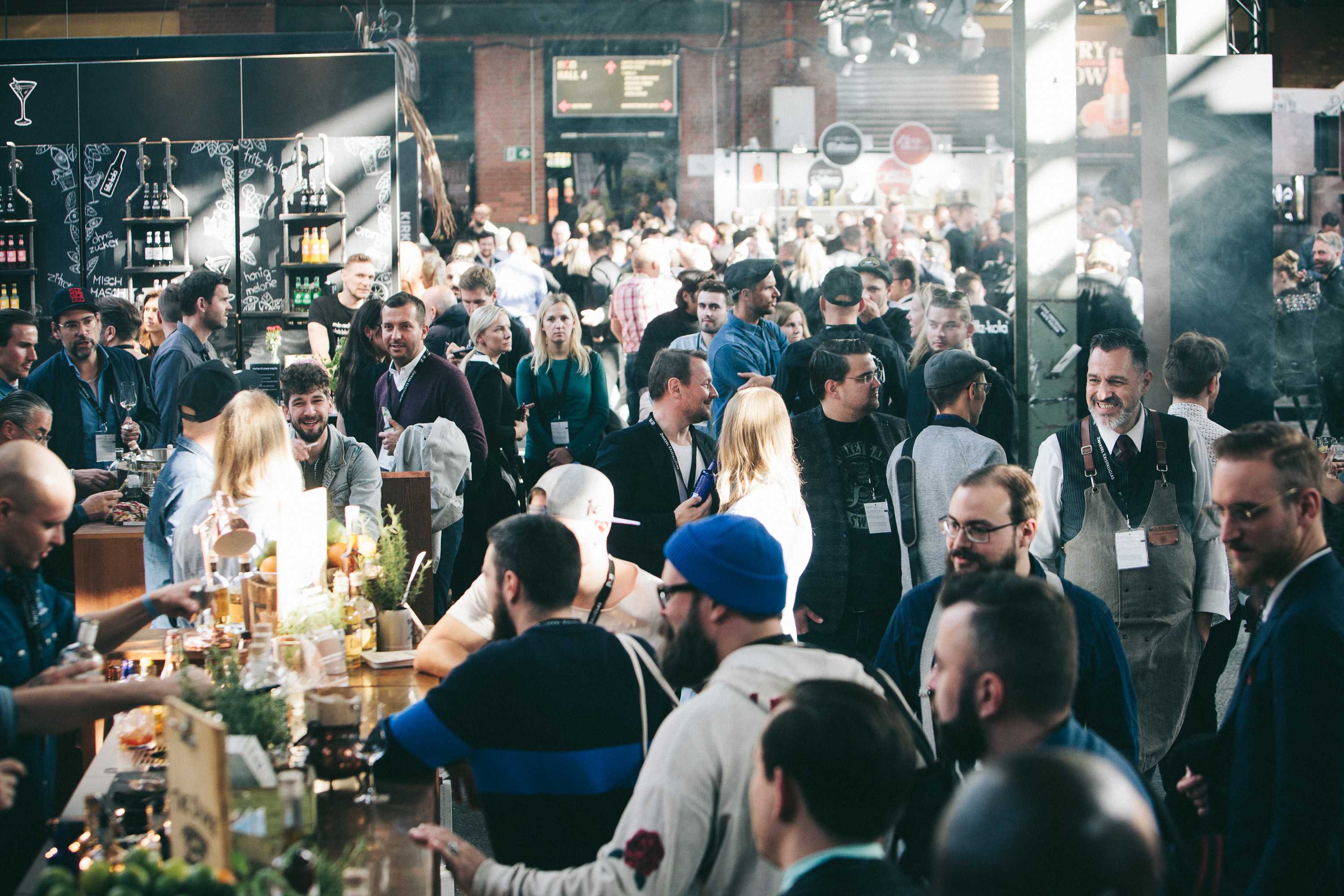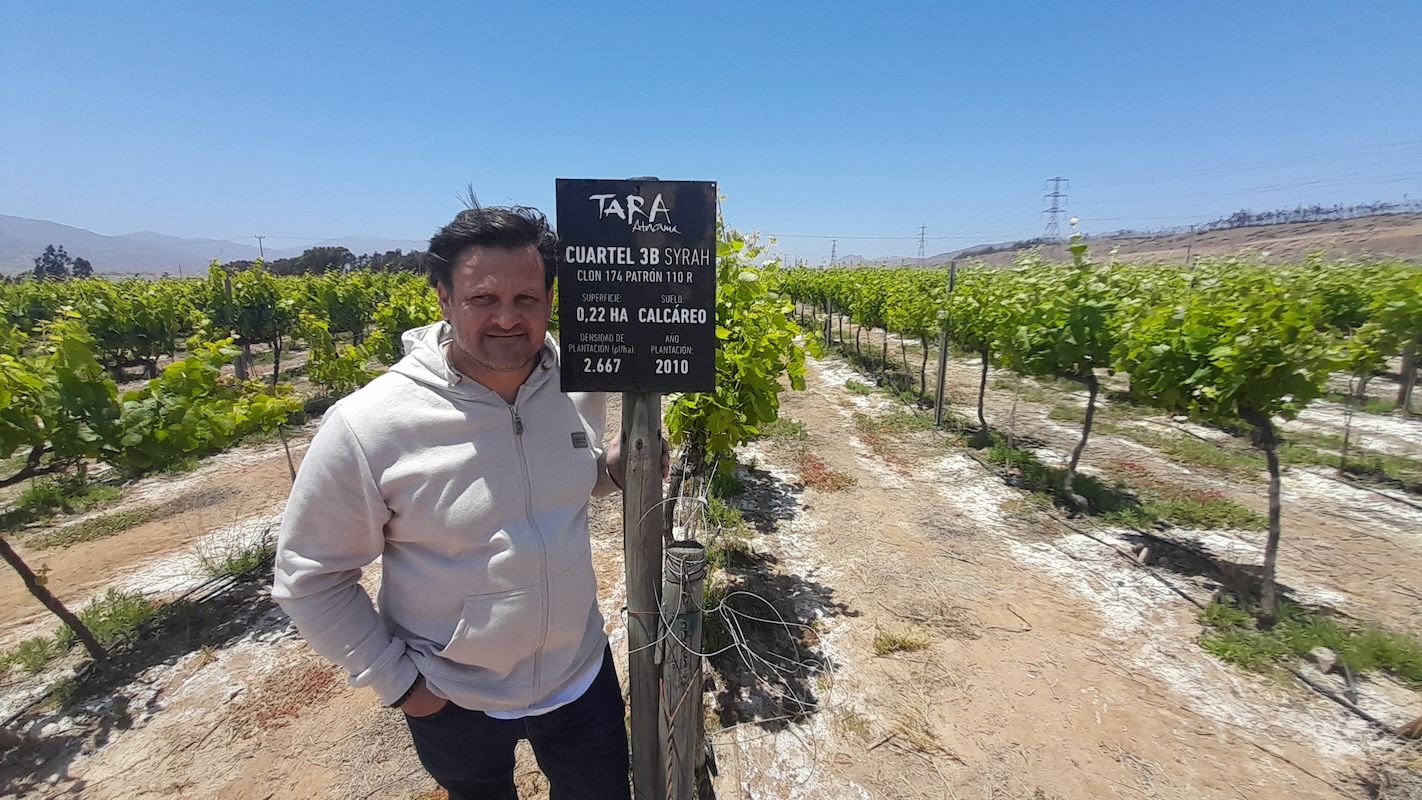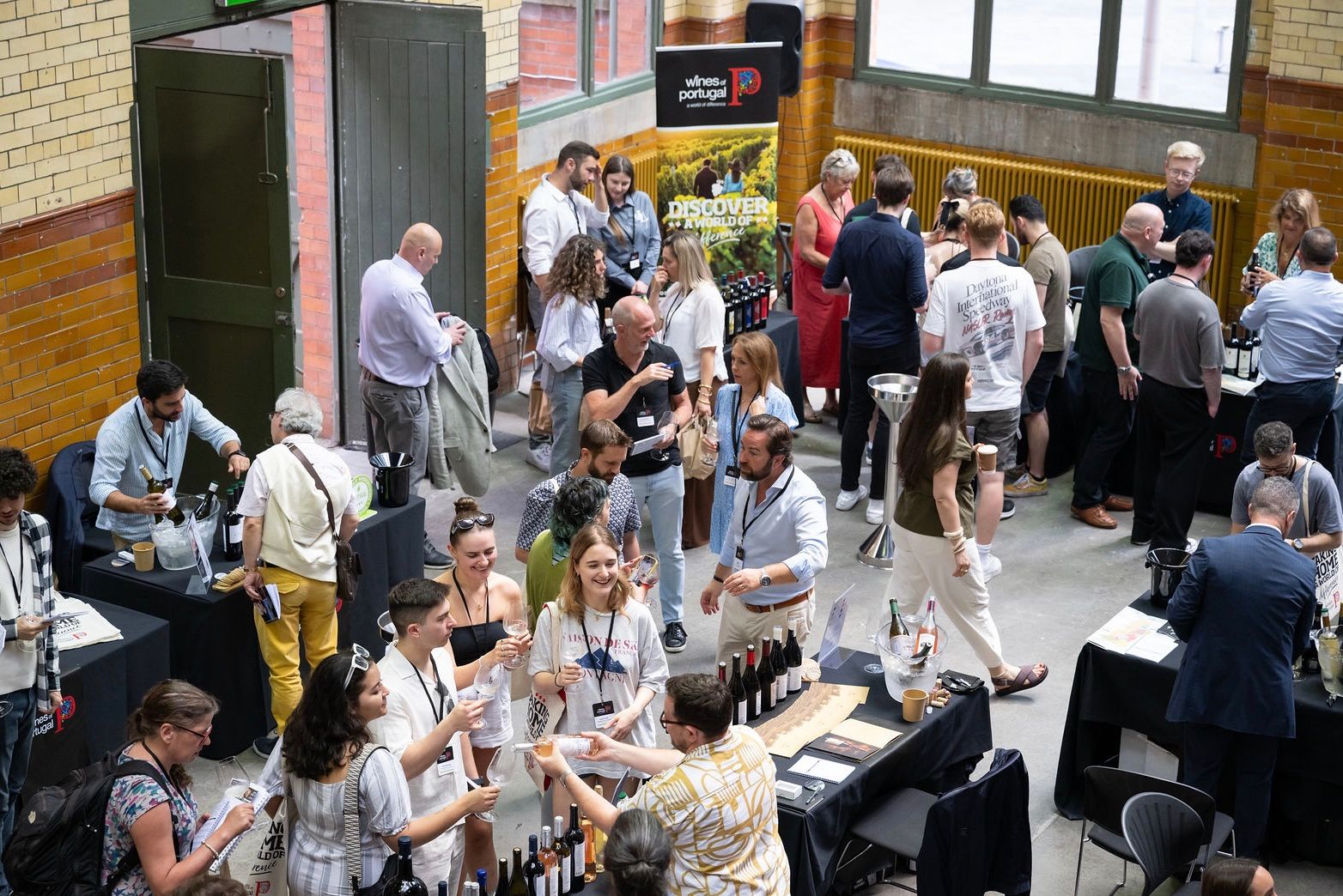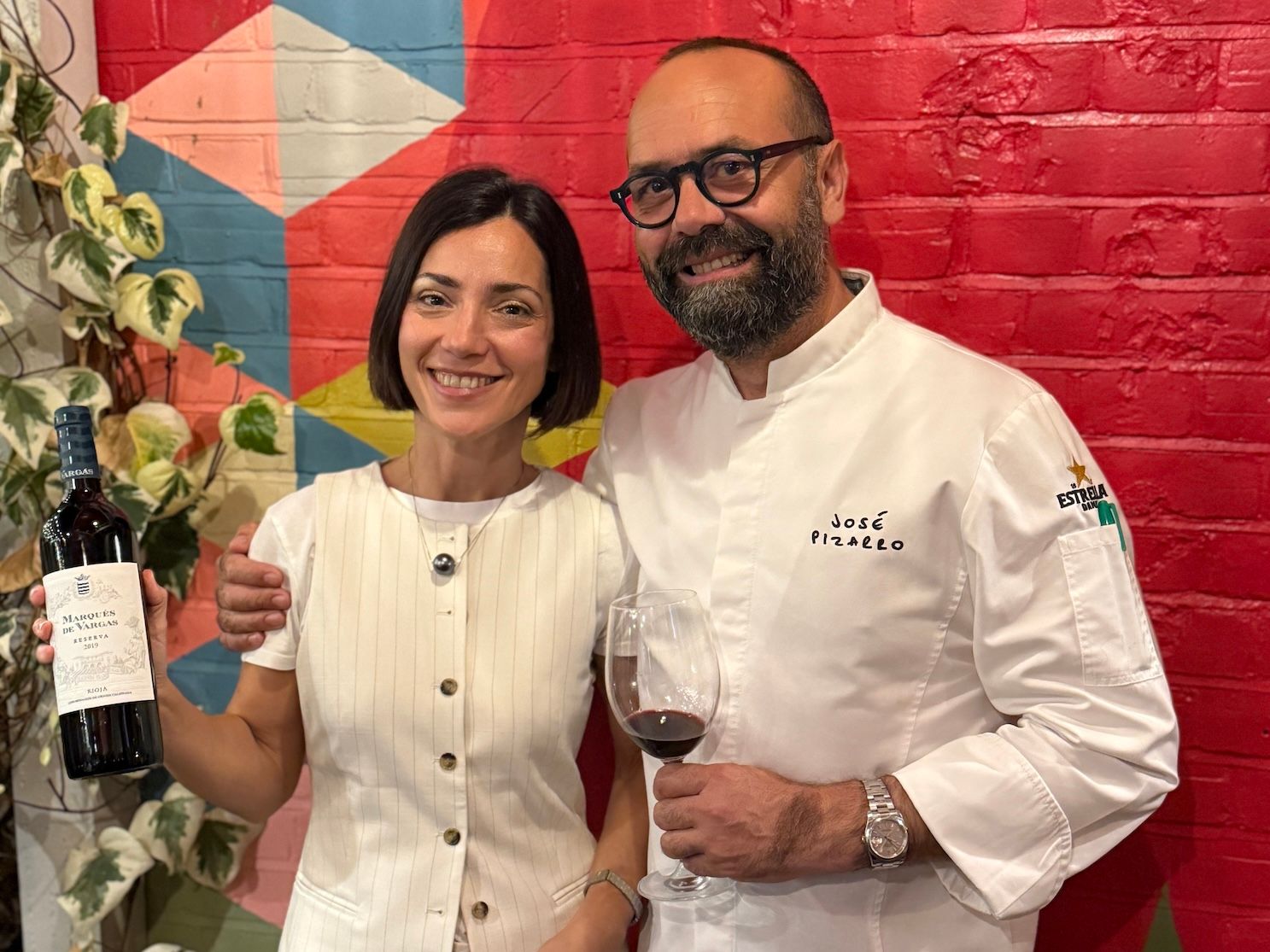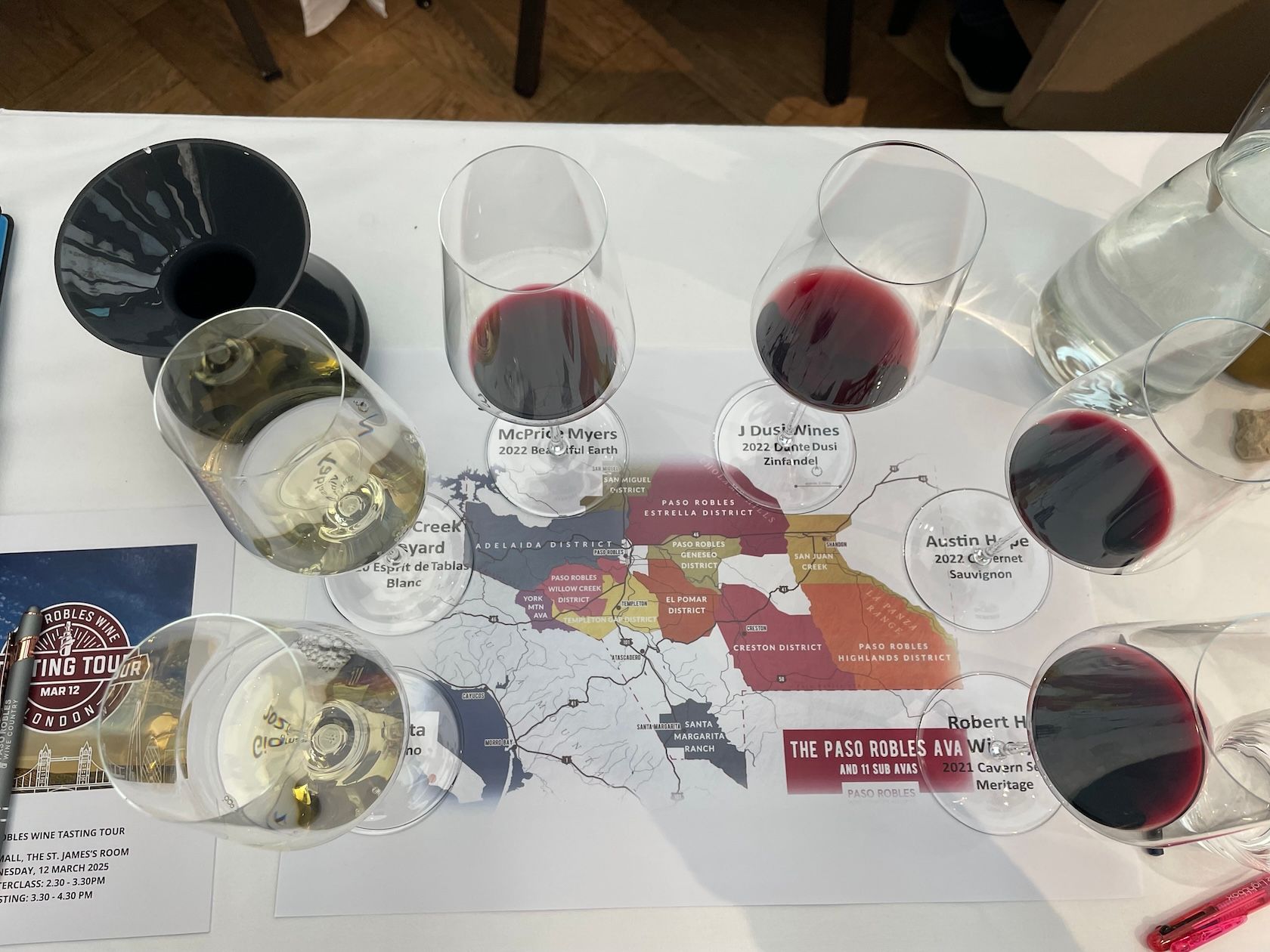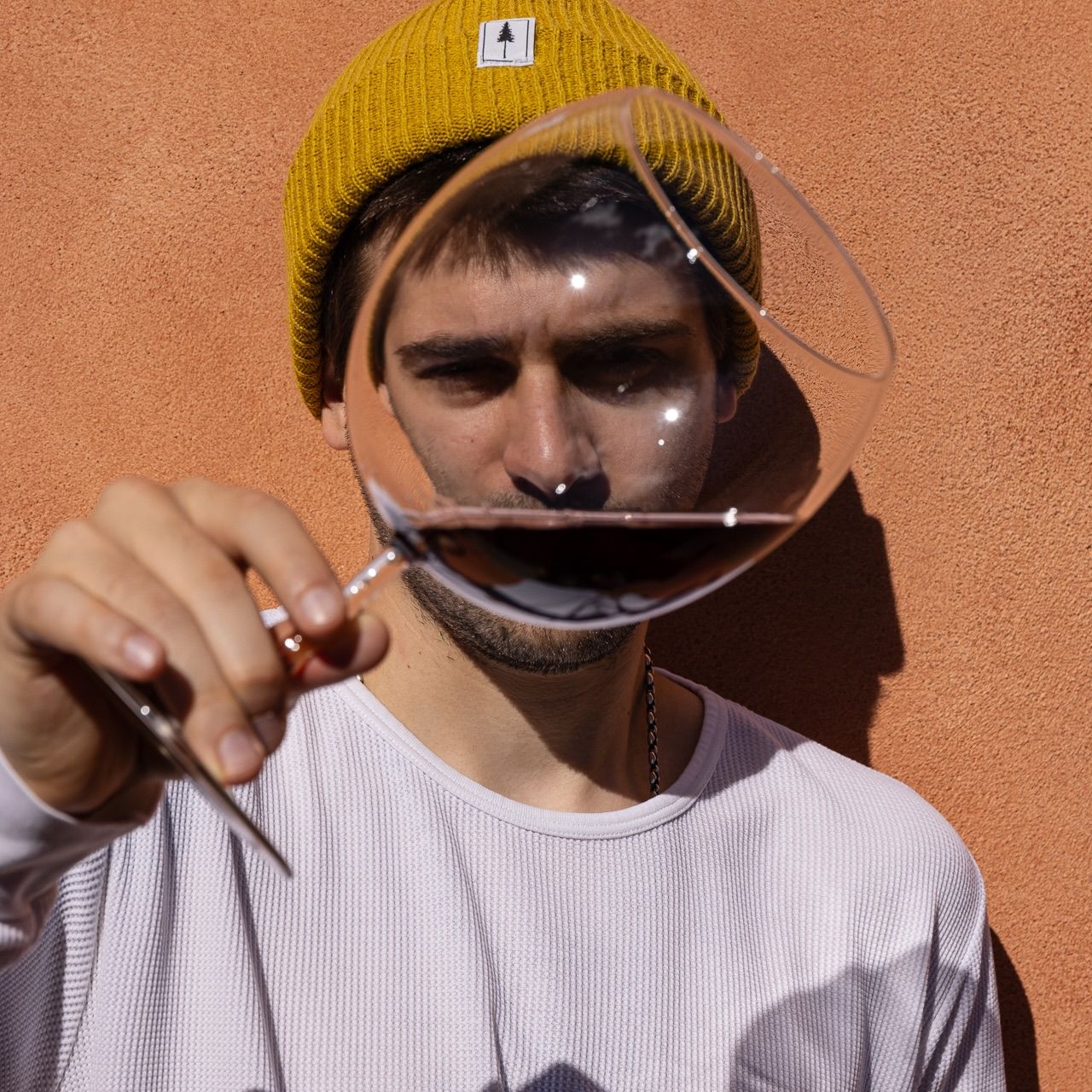Katie Canfield and Matthew Gaughan complete their trip round key wine regions of the world with an assessment of how much the Australian on-trade is driving changes to the Australian wine industry.
Consumer interest in food-friendly wines has driven changes in the industry. Australian wine drinkers are maturing and, with current consumption at 20 per capita, they are a voice that must be heard.
It is also hard to talk about one Australia considering this is such a vast, vibrant country in which food and drink trends are constantly evolving. Which styles of wine and food are popular in one part of the country, does not mean they are going to be the same literally thousands of miles away.
The opportunities offered by the 65 wine regions, from Margaret River in isolated Western Australia to the well-trafficked Hunter Valley in New South Wales, are endless. Even with Shiraz, different attitudes emerge: full-bodied or restrained? Warm climate or cooler altitude? To call it Shiraz or Syrah?
But all those regions and associated trends are united in creating wines that work with food, pushed by a diverse, innovative restaurant scene and drinkers in search of something new and, more importantly, something different.
Up in them thar hills
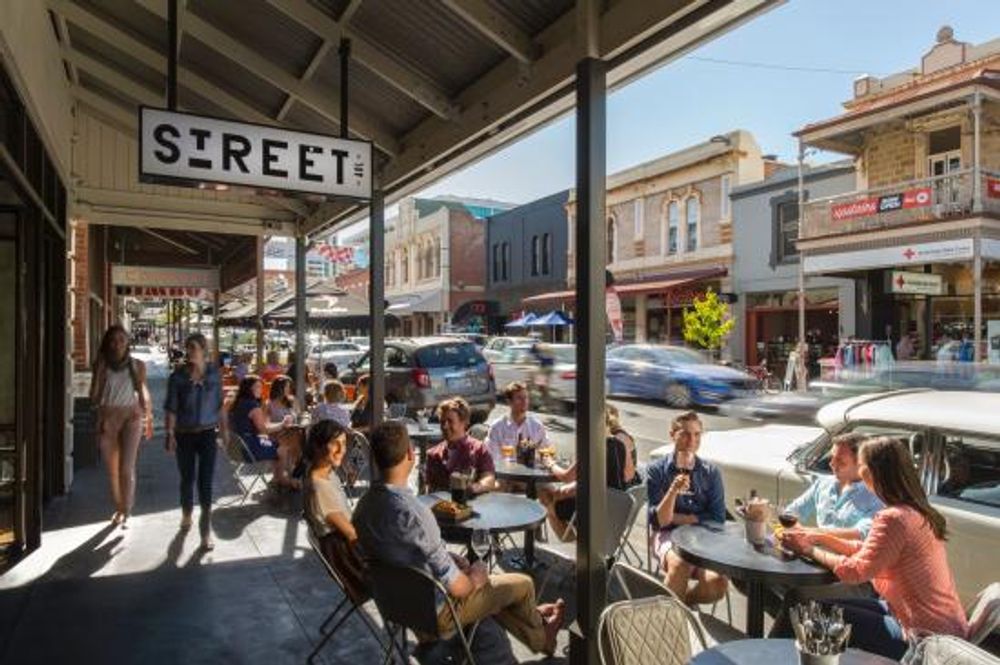
Demand for food friendly wines across Australia, from Adelaide to Sydney is helping producers be more ambitious
In South Australia, there is a renewed focus on Adelaide Hills and its cooler climate. Some of Australia’s oldest and best-established wineries are among those who have led the change. According to Emma Nicholson, brand ambassador at Henschke in Eden Valley, winery visitors are “more savvy nowadays” and are interested in trying new wine styles besides the Shiraz blends the region is best known for.
To meet this demand, Henschke have begun experimenting with new plantings in Adelaide Hills: Pinot Noir, Chardonnay, and Grüner Veltliner, a variety the Henschkes pioneered in the region. “The hope is to make Grüner Veltliner the flagship grape of Adelaide Hills,” says Nicholson.
Penfolds, another of South Australia’s ultra-premium producers, have also turned to Adelaide Hills for their range of Chardonnays. “It’s the fastest growing region in Australia,” says brand ambassador Will McLeay. “People are starting to recognise sub-regional differences of the same variety.” Add Tasmanian Traminer to classic Riesling, and you get a sense of the range and experimentation among even the oldest Australian producers.
Out west, in the young wine region of Margaret River where Chardonnay has been a focus since the beginning, producers are playing a vital role in reinventing a grape variety considered unfashionable in recent years.
Vasse Felix’s estate sommelier Evan Gill, says: “Margaret River producers are bringing people back, re-introducing them to quality Australian Chardonnay.”
Though demand is increasing, challenges remain: finding the best clones and the most suitable sites, changing consumer perceptions that linger from the ABC days, and maintaining a competitive advantage over international players like France and New Zealand which boast consistently cooler climates.
In with the new, re-inventing the old
Elsewhere, producers are searching for new varieties suited to the soils and climate of already established sites. Mediterranean varieties in McLaren Vale and Rutherglen, the traditional heartland of fortified wine, illustrate how producers are trying to do something different in order to keep pace with consumer demand.
At Yangarra in McLaren Vale, Chardonnay has been replanted to Roussanne to offer something fresher and brighter than the heavier styles of Chardonnay Australia has been associated with. “Roussanne has a cult following for us,” says Yangarra’s Rachel Sutter. She believes that Rhône varieties are “in line with the climate we have here” and Grenache is particularly gaining momentum as a single-varietal offering, especially those made from old vines.
The same holds true in Barossa Valley, where Grenache had been considered mainly as a blending partner for Shiraz. Victoria Melton of Charles Melton Wines says: “GSM has long been popular among consumers, but in the last few years, people have started asking for a single-varietal Grenache.” The winery’s answer to this demand is “Richelieu, ” made from eighty-year-old vines.
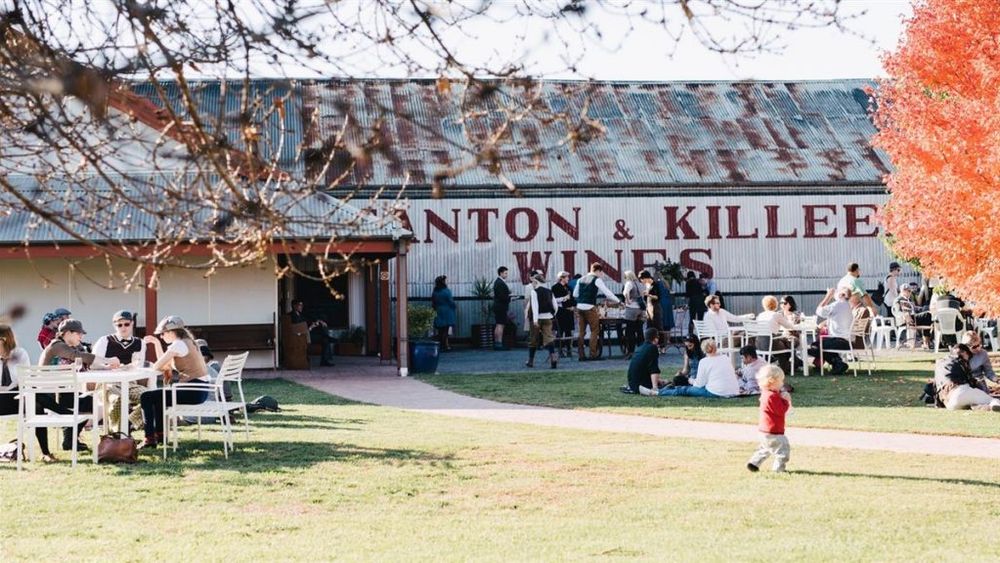
There is still much to do to educate sommeliers about food friendly wines says Wendy Killeen
Meanwhile, in historic Rutherglen producers are looking beyond the fortified wines the region is known for. In 2013, Stanton & Killeen underwent an overhaul in viticulture and winemaking with a new focus on dry red wines made from varieties originally planted for port-style wines. As single-varietal wines or blends, for winemaker Andrew Drumm these wines are “of great interest because of their food-friendliness.”
Pfeiffer Wines also boast an extensive and diverse portfolio of dry wines: from Gewürztraminer and Frontignac to Tempranillo and Durif. “Having the range becomes an experience in itself for visitors to the cellar door,” comments winemaker Jen Pfeiffer.
As for the fortified wines, Rutherglen is adapting to new trends. “The old market of sweet wine drinkers is no longer,” says Drumm. “The new consumers are connoisseurs after different, food-friendly styles.”
Still, fortified wine plays a vital role on a wine list, according to chief executive, Wendy Killeen, and can be extremely successful if restaurants understand that an educational component is necessary. “The fortifieds are very special; we need to educate the sommeliers.”
Competing with international wines on lists
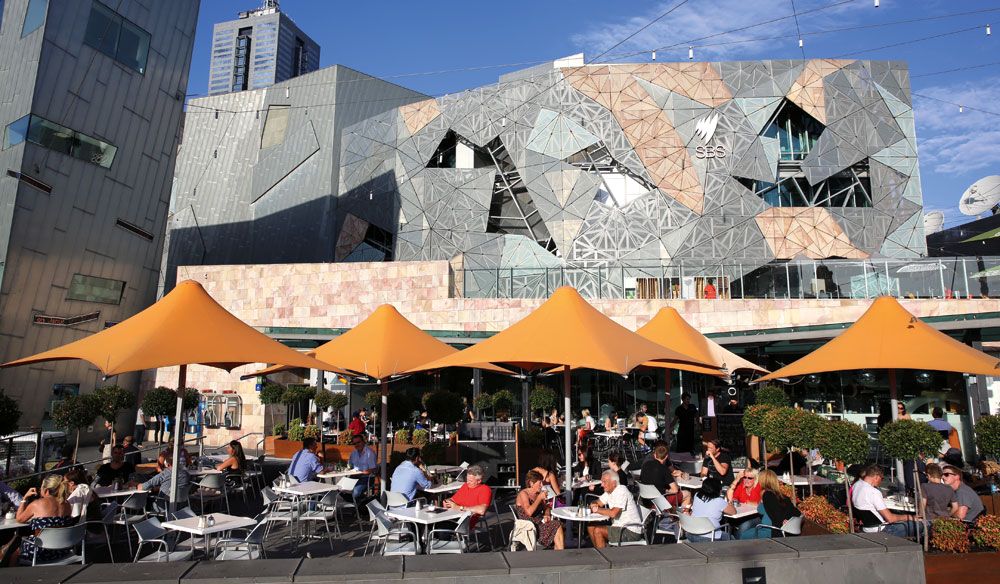
Big name restaurants in major cities like Melbourne are also keen to have major international wines on their lists
Whether it’s finding the sites to grow cooler-climate varieties or reassessing what varieties grow best where, all these trends have an underlying aim: to create wines that will find their way more easily on to a wine list. In contrast to most other established wine regions, big city restaurants in Australia don’t necessarily give priority to domestic wines. In fact, international selections feature prominently on wine lists, presenting local producers with the same competition found in export markets.
While sommeliers are always looking for a different twist to their wine list, the demand for the new and unusual is largely driven by a younger generation of wine drinkers. Dave Mackintosh of Arfion Wines in Yarra Valley believes, “It’s the consumer that is pushing us to make something more interesting, things that go with food and that move away from the old-school styles.”
Restaurants, especially in the cosmopolitan cities of Sydney and Melbourne, drive demand. Asian-influenced cuisine remains popular across Australia and Mackintosh notes that international food and local wine carry “a fusion that boasts a real Australian identity.”
Sommeliers and wineries working together
For Mackintosh, restaurants are the key to making new, exciting styles of wine successful. “It’s no longer us versus them, winemaker versus sommelier,” he continues. “We learn things from them and they learn things from us. There’s a good trifecta that is working now between consumer, sommelier, and winemaker.”
Though offering something different is a sure way to attract the attention of the on-trade, it’s not the end-all. For one, Australia has very strict drink-driving policies, which often determine what customers will order at a meal. “People rarely buy by the bottle, so by-the-glass has to work,” says Yarra Yering’s Dani Oldmeadow.
Mackintosh has discovered that his Smokestack Lightning range, which offers unusual skin-contact Pinot Gris, Gewürztraminer, and Sauvignon Blanc in 500ml bottles, works perfectly for the Australian on-trade on many levels: “A couple can easily share a bottle without worrying about over-consumption,” says Mackintosh. “On the other hand, the restaurant has the opportunity to sell two bottles of wine during a single sitting.”
Due to the Yellow Tail explosion in the US and the attractive price points of the entry-level ranges of massive brands like Hardys and Jacob’s Creek in the UK, Australia has struggled to find middle ground between cheap wine and super-premium Shiraz. However, new trends driven by the domestic consumer are rising: it is only a matter of time before the rest of the world takes notice.


